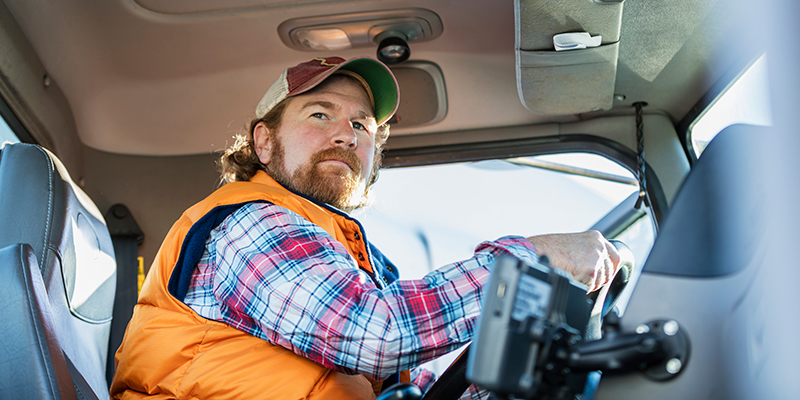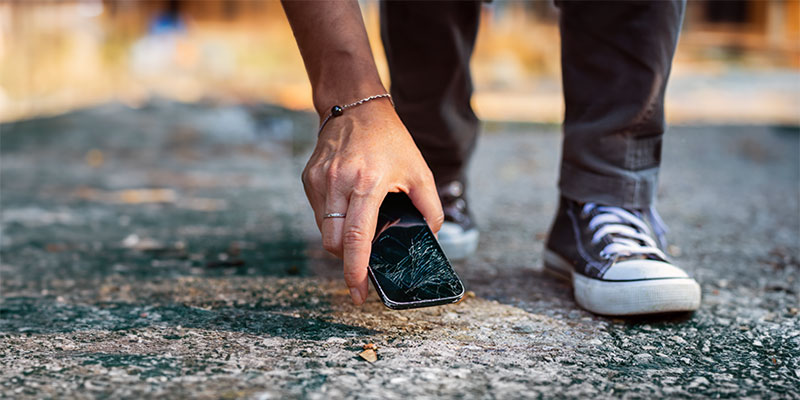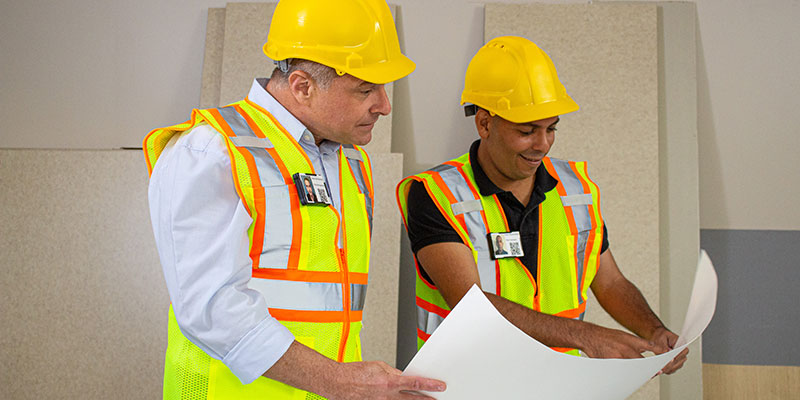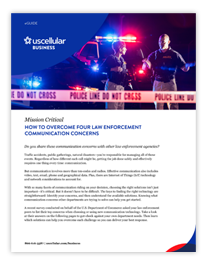Top 5 New Features of Rugged Smartphones for Critical Connectivity
In this second blog in a series about Critical Connectivity, we discuss Critical Equipment.
First responders, utility workers and public works employees spend long days in the field, and they need a single, multi-functional and affordable communications device that survives the toughest working conditions. But most consumer-grade devices can’t match the durability of your own hardworking team.
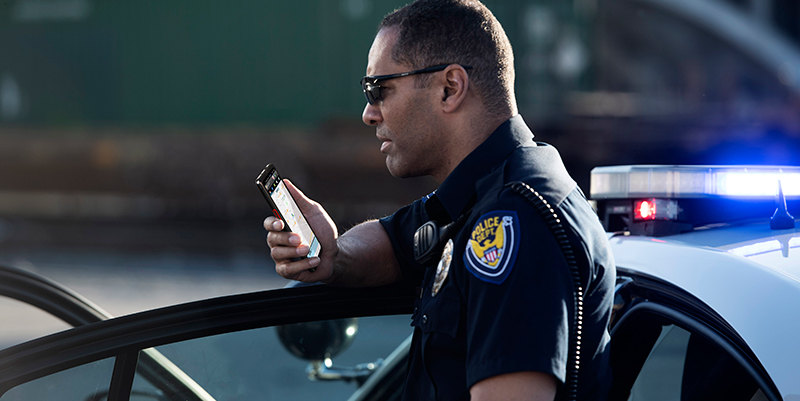
Traditionally, frontline workers have chosen critical equipment that withstands extreme temperatures, vibrations, rain, sand and being dropped in the mud. And until recently, these devices were typically expensive, bulky, heavy and often difficult to use.
Reimagining Rugged Phones
Modern, rugged devices are revolutionizing the market by offering emergency personnel, warehouse workers, manufacturers, and utility and field service workers a sleek, lightweight and shatterproof option with push-to-talk capabilities.
These critical devices combine the slim design and powerful features of consumer smartphones with a durable build engineered for field use without sacrificing efficiency. And there’s no longer a need to carry multiple devices when one modern smartphone will accommodate all your connectivity needs.
Consider these top 5 robust features that modern rugged devices now offer:
- Withstands extreme conditions. Choose a rugged, military-grade design that combats any extreme environment. This includes dust storms, wind, dirt, sand, salt, sleet and rain. You can even drop these durable phones in the water for a limited time. And they also withstand heavy vibrations and drops from up to 5 feet.
- Push-to-Talk Capable. Frontline workers rely on land mobile radios (LMR) to communicate instantly with their team. Look for a modern rugged device with programmable buttons that support Push-to-Talk (plus frequently used apps such as texting, flashlight or scanning), and that also integrates with LMR interoperability for easy and fast communication no matter the distance or system used.
- All-Day Battery Life. Ensure the device includes industry-leading battery life with a fast-charging battery. Extend device power by purchasing a replaceable battery to keep your shift going without interruption.
- Works with Gloves. You need gloves to protect your hands from the elements, but most smartphones aren’t responsive to gloves, so you waste valuable time removing and putting them back on. Find a device with an enhanced touch mode that allows you to keep your gloves on while you work on your phone — even in wet and grueling conditions.
- Device Security. Ensure your device uses facial recognition or a biometric reader to prevent unauthorized users from accessing your phone.
In addition, Vehicle Area Networks (VAN), with highly ruggedized in-vehicle hardware, connects computers, cameras, sensors, smartphones and more for seamless data communication — inside and outside of the vehicle.
No More Sharing Devices
In the age of connectivity, some frontline workers still share devices, which is inefficient, especially when they have to stop their work to track down another team member just to communicate with leadership or other teams. Since modern rugged devices are now more affordable and multifunctional, agencies can equip each team member with a device, so everyone is more productive.
Field workers performing inspections or troubleshooting also rely on high-resolution cameras to share what they’re seeing onsite with technicians back at the office. For retail, home healthcare, transportation and logistics, high-res cameras are used for faster and more efficient barcode scanning.
Understanding IP and MIL-STD Government Ratings
As smartphone manufacturers ruggedize their critical equipment to offer greater protection against drops, extreme temperatures and other environmental hazards, IT managers looking to verify if a device meets their team’s standards can reference two sets of specifications:
- International Protection (IP) standard, which defines protections against dust and water
- U.S. Department of Defense’s test standard, known as MIL-STD-810.
These ratings define the durability of a device rather than leaving you to rely on manufacturer claims that their technology is “safe around water.”
The first number in an IP rating (such as IP68) is for solid particles. The higher the number, the greater the protection against dust entering the device. Look for an IP6x rating, which means the phone is completely dust resistant.
The second number is for liquids. As with solid objects, the higher the number, the greater the protection. Here, the best ratings are: IP67 and IP68.
An MIL-STD-810 rating is the Department of Defense’s gold standard for mobile survivability and endurance. It was created to ensure technology is tough enough for soldiers on the battlefield but it’s also a good benchmark for evaluating use on a manufacturing floor, construction site or in the field during an emergency.
Among the most popular devices, the CAT S62 is rated for MIL-STD-810 and scored an IP68 rating. UScellular® offers unlimited plans with these and other devices to maximize productivity in the field and keep you connected even in the most remote locations or extreme situations.
Benefits of Modernizing Your Critical Devices with UScellular
- 5G and 4G LTE fast connectivity for greater agility and rapid communications on a secure network
- Improved efficiency with applications like push-to-talk and LMR interoperability
- Increased productivity and performance with faster data shares, allowing for better and more informed decisions
Learn more about how UScellular can support frontline workers in almost any environment. Contact your local solutions expert at 866-616-5587 or visit Public Safety.
Mission Critical: How to Overcome Four Law Enforcement Communication Concerns
Download Now
The keys to finding the right technology are straightforward: Identify your concerns, and then understand the available solutions. Knowing what communication concerns other departments are trying to solve can help you get started.
